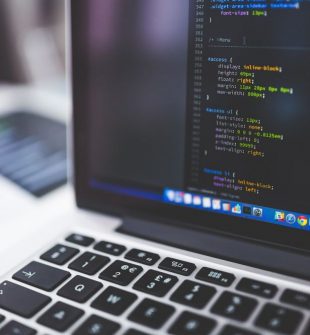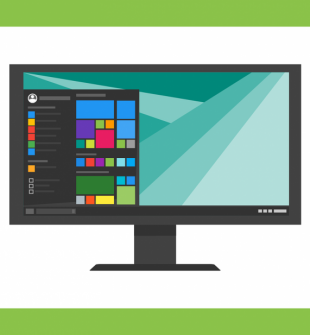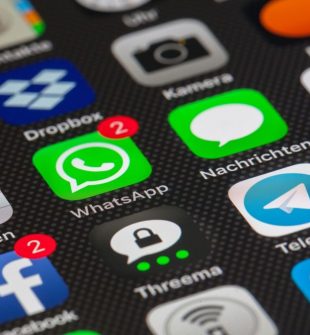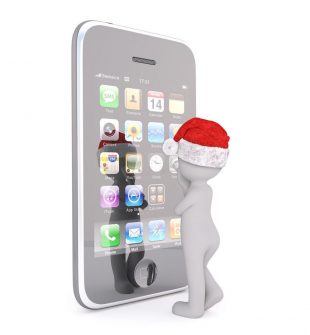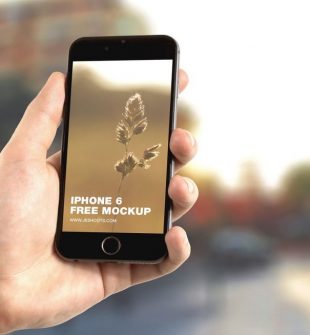Budget apps are an essential tool for individuals looking to manage their finances effectively
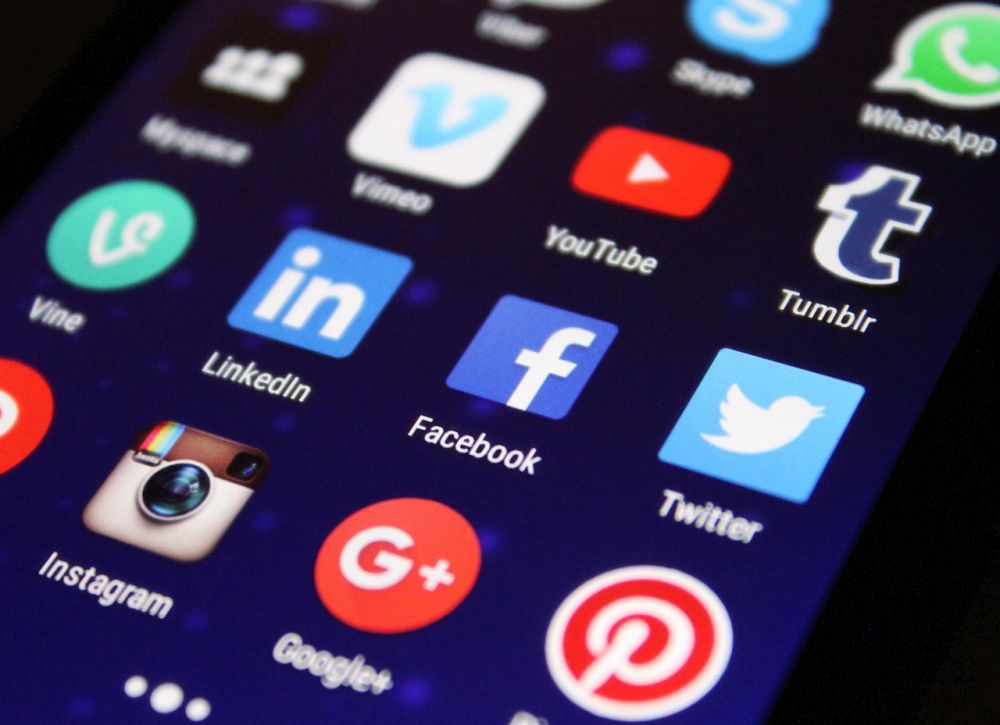
In this article, we will delve into the world of budget apps, exploring what they are and why they are important for anyone with an interest in personal finance. We will also take a historical journey through the evolution of budget apps, highlighting key milestones and advancements. So, whether you’re a tech enthusiast or simply eager to gain a better understanding of budgeting, this comprehensive guide will provide you with all the information you need.
What is a Budget App?
A budget app is a software application designed to help individuals track their spending, set financial goals, and ultimately manage their money more efficiently. With a wide range of features and functionalities, budget apps provide users with valuable insights into their financial habits, enabling them to make informed decisions and take control of their financial well-being. From expense tracking and categorization to customizable budgets and real-time notifications, these apps have become indispensable tools for individuals seeking to achieve financial stability.
The Importance of Budget Apps

Budgeting is a skill that plays a crucial role in personal financial management. However, traditional methods such as manual tracking or spreadsheets can be time-consuming and prone to errors. This is where budget apps come in, revolutionizing the way individuals manage their money. By automating the process and providing real-time data and analysis, these apps simplify the budgeting process and empower users to make smarter financial choices.
In addition, budget apps offer several other benefits. They allow users to set financial goals, track their progress, and receive notifications when they are overspending or deviating from their budget. Some apps even provide personalized tips and recommendations based on the user’s spending patterns and financial goals. With the ability to sync with bank accounts and credit cards, budget apps eliminate the need for manual data entry, making it easier than ever to stay on top of personal finances.
Historical Evolution of Budget Apps
Budgeting has come a long way since the days of pen and paper. In the early 2000s, the first budget apps started emerging, offering basic functionalities such as expense tracking and categorization. These early apps relied on manual data entry, requiring users to input their transactions manually.
As technology advanced, budget apps became more sophisticated and user-friendly. The introduction of mobile apps revolutionized the way people managed their finances. Users could now access their budgets on the go, and with the integration of artificial intelligence and machine learning, these apps started offering more personalized insights and recommendations.
Today, budget apps have evolved into powerful tools with advanced features such as automatic expense tracking, bill reminders, and even investment tracking. They can sync with multiple bank accounts and credit cards, providing users with a comprehensive overview of their financial health.
Notable Milestones in Budget App Development
– Early 2000s: First budget apps emerge, offering basic expense tracking functionalities.
– Late 2000s: The introduction of mobile apps revolutionizes budgeting, making it more accessible and convenient.
– 2010: The rise of cloud-based budget apps allows for seamless synchronization across devices.
– 2015: Integration of artificial intelligence and machine learning enables personalized insights and recommendations.
– 2020: Advanced budget apps offer features like investment tracking, bill reminders, and goal setting.
How to Choose the Right Budget App?
With a plethora of budget apps available in the market, choosing the right one can be overwhelming. Here are some key factors to consider when selecting a budget app:
– User Interface: Look for an app with a user-friendly interface and intuitive navigation. The app should be easy to navigate and understand.
– Features: Assess the features offered by the app and determine if they align with your specific financial goals and needs. Consider features such as expense tracking, goal setting, and bill reminders.
– Integration: Check if the app can sync with your bank accounts and credit cards for automatic transaction updates.
– Security: Ensure that the app uses secure encryption protocols to protect your financial information.
– Reviews and Ratings: Read user reviews and ratings to gauge the app’s reliability and customer satisfaction levels.
Conclusion
Budget apps have transformed the way individuals manage their finances, offering convenience, automation, and valuable insights. From simple expense tracking apps to sophisticated budgeting tools, these apps cater to a wide range of needs and financial goals. As technology continues to advance, budget apps are likely to become even more powerful and integral to personal financial management. So, whether you’re a tech enthusiast or a finance-savvy individual, consider incorporating a budget app into your financial routine and take control of your financial future.
